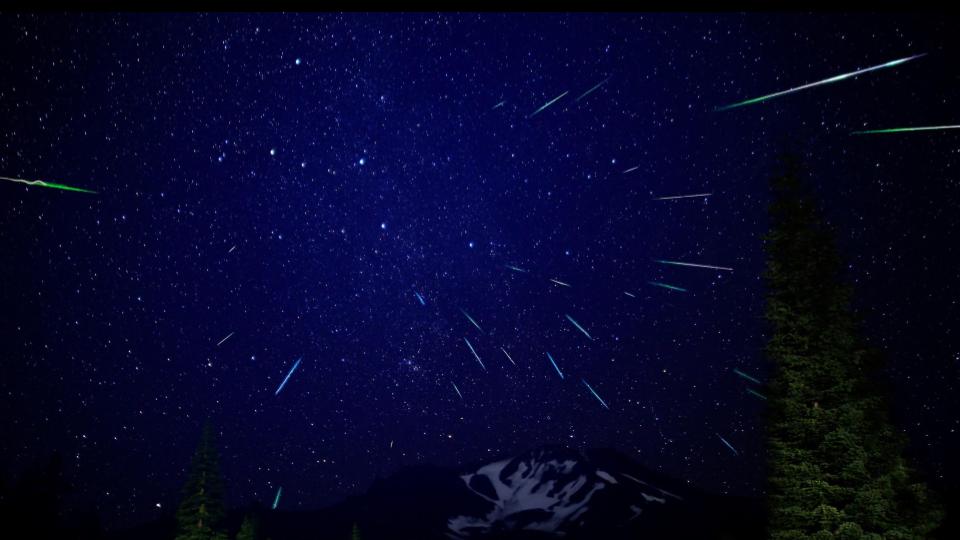Lyrids Meteor Shower
Apr 16, 2022
The Lyrids meteor shower is one that occurs over a two-week period in April and usually peaks on April 22. The records of this meteor shower go back as far as 687 BC, the oldest known record of any meteor show to date.
The source of this meteor shower is Comet C/1861 G1 Thatcher. This comment will not become visible to us until 2283. This comet is classified as a long-period comet, and its orbit takes 415 years to complete around the sun. It was discovered in 1861 by astronomer A.E. Thatcher.
Meteor showers occur when the Earth passes through debris left over from a comet. In the case of the Lyrids meteor shower, the Earth is passing through the debris left over by Comet C/1861 G1 Thatcher. Meteor showers are also named after the constellation they appear to originate from. The Lyrids appear to originate from the constellation Lyra.
When we observe meteor showers, we won't be able to tell where the meteors are coming from in the sky because the event happens so quickly. But if you were to photograph a meteor shower through the night, it would appear in the picture that the streaks of light emanate from one spot. This spot is called the radiant. Meteor shower particles are all traveling in one direction at the same speed, and as the Earth moves through these particles, it makes the dust appear to come from one location. this is similar to parallel railroad tracks converging at a single point on the distant horizon. It is an effect of perspective.

Can you find the radiant in this picture? Imagine the streaks of light coming towards you. Then trace them backward to find the point of origin. Remember, this is an effect of perspective, as all the dust particles are traveling parallel to each other in the same direction and speed.
Most meteors are the size of a grain of sand, but when they enter the atmosphere and burn up, they leave amazing streaks of glowing light. Some are tiny in viewing, while others can leave huge streaks across the entire sky! If a meteor is large enough to survive the entry into the atmosphere and make an impact on the ground, it now is classified as a meteorite.
The peak night of the Lyrids is on April 22 in the morning around 4 AM, however, check the moon schedule. If the moon is full, it will be difficult to see any meteors. It is important to seek out dark skies in order to see this celestial event. I hope the weather is on your side and you have cloud-free skies.
Other Blog Posts:
- Perseids Meteor Shower (in mid-August)
- Geminids Meteor Shower (in mid-December)

